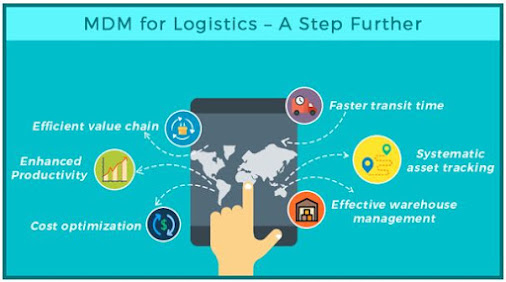EVERYTHING YOU NEED TO KNOW ABOUT ROBOTIC PROCESS AUTOMATION (RPA) AND RPA TOOLS
In present times, the world is continuously moving forward to using the latest technologies, so has automation improved its ways to make our work easier. The word automation was coined in the 1950s, very few people really understood what it meant but now this term has become the talk of the town. Robotic Process Automation or RPA is an intelligent way of working on complicated tasks which can be categorized by the utilization of AI. RPA does not replace humans with actual robots, actually, these are softwares through which you can configure automation workflows and automate your complicated business operations. TYPES OF RPA TOOLS There are different types of tools RPA tools available in the market which are built as an extension of the previous generation of bots. The four types of robotic process automation tools are listed below – Before the RPA generation came into the picture, small enterprises were automating the simple processes with simple hacks. Neither were they scalable o
